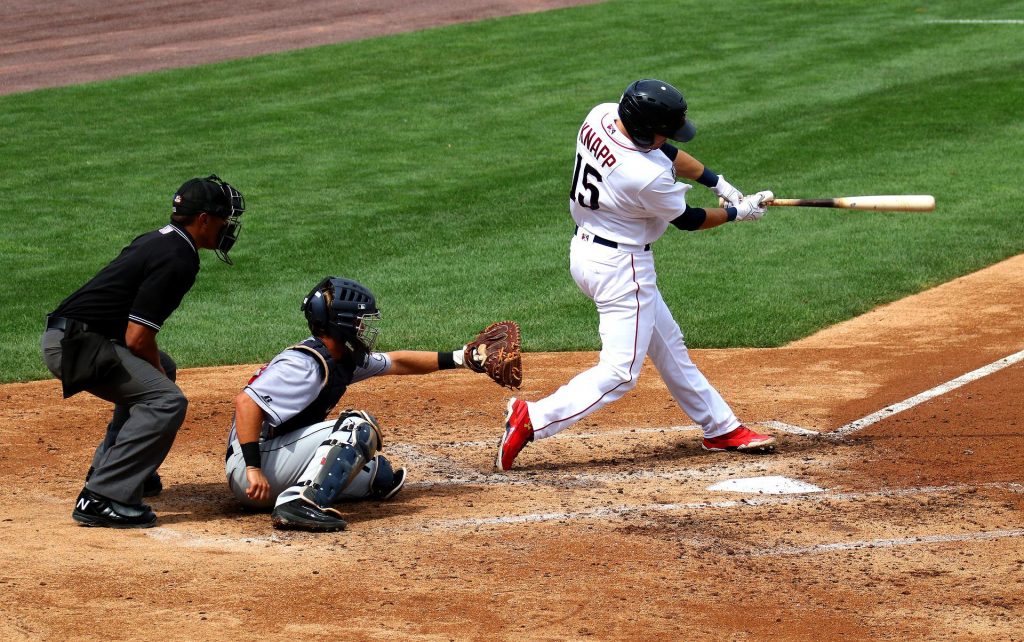When betting on sports, it is important to understand what the odds are and how it all works. Odds are how you can predict the outcome of a sporting event.
Bookmakers set the odds and provide the odds on each side of a profitable bet. Odds are determined by a variety of factors; traders or risk analysts take all factors into account and reflect the actual probability of each outcome using the odds provided.
Some of these factors include:
- the popularity of the sport
- the amount of money on the markets
- the overall betting patterns of the public
- variable events leading up to the outcome (form, injury, etc.)
The odds on an event will change up to the start of the event and may even change during the event. So all you need to understand to increase your chances of winning is what it all means.
Here are some odds that you need to familiarise yourself with:
Decimal Coefficients

These are Continental odds or European odds that are displayed as a straight decimal, e.g. 2.00. The figure represents the potential return and the amount at stake and gives an idea of the total cost, not the total return.
Example: using the 2.00 model, your bet of €100 will give you a payout of €100 x 2.00 = €200. Your return will be €100 up to a stake of €100.
Fractional Coefficients

Fractional factors look like 2/1, 3/1, 4/1 and so on. The 1/1 rate is called the even rate and works the same as the decimal 2.00 example. Fractional factors are also known as traditional or British rates and are most commonly used in the UK. Odds are commonly found in Latvian sports betting markets and show the bettor what the winnings will be compared to the stakes.
Example. If you bet €20 at odds of 5/2, you take €20 and divide it by 2 = €10 and multiply by 5, which means your potential profit will be €50. If you bet €20 at odds of 2/5, you divide your €20 by 5 = €4 and multiply it by 2, which means your possible profit will be €8. A simple example is a bet of €10 with odds of 3/1, resulting in a potential win of €30.
Moneyline Odds
Moneyline odds are also known as American odds and are indicated by a positive or negative number and are often accompanied by a currency symbol. Moneyline odds allow you to see who is the favourite (shown with a minus sign) and which player is not the favourite (shown with a plus sign) to be on a particular team to win the game with +100.
Example: if you want to win €100 with odds of -138, you will need to bet €138 on the winning team. If you bet €100 and the odds are +118, you would win €118 on a successful bet.
